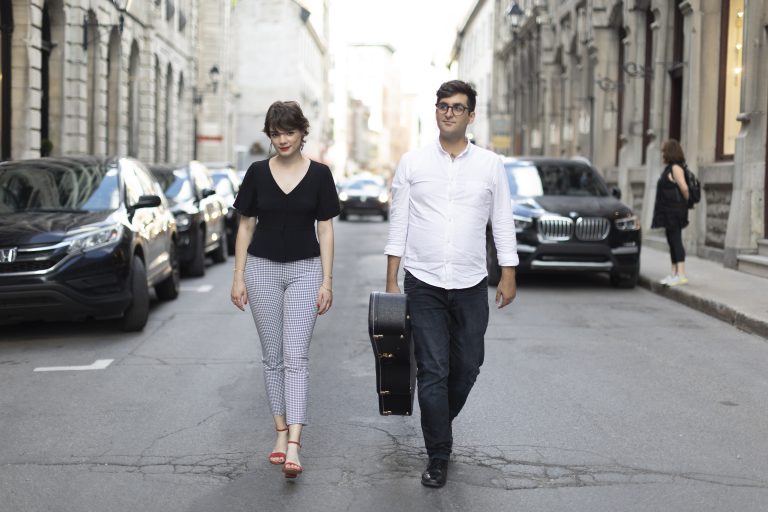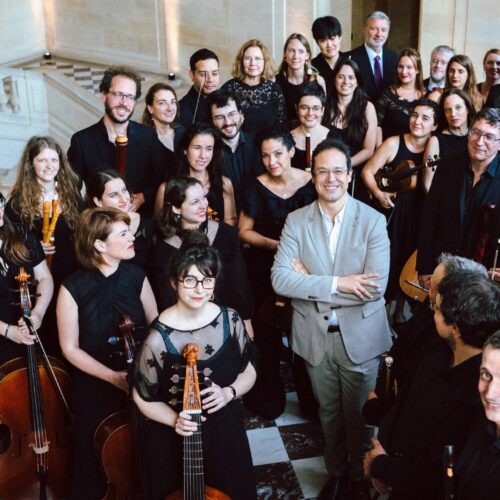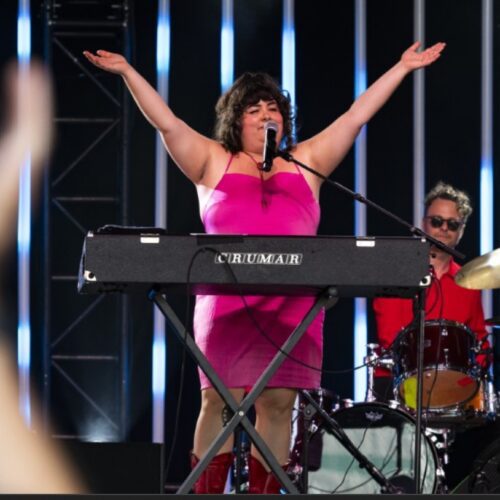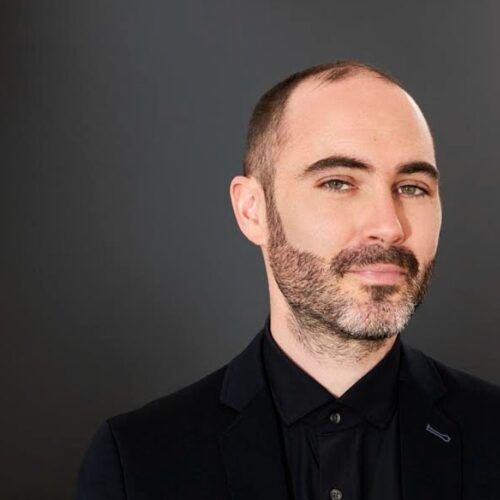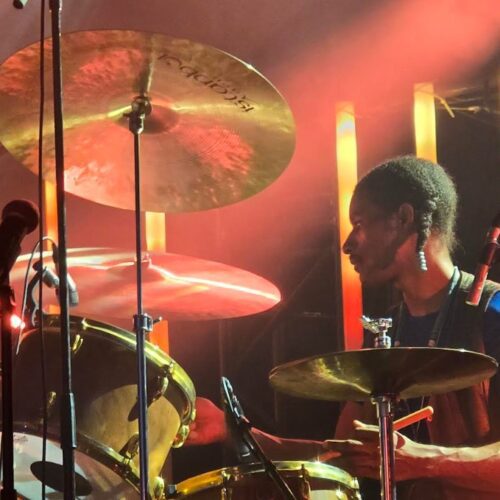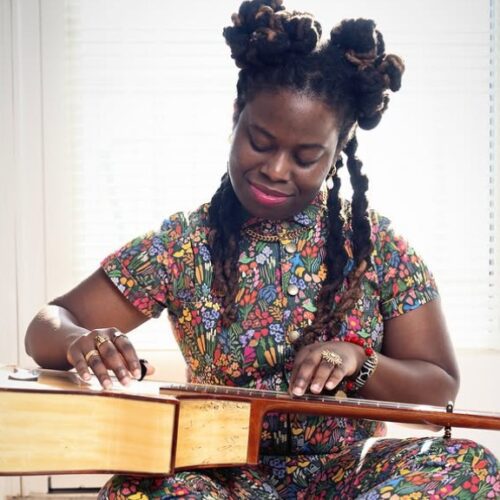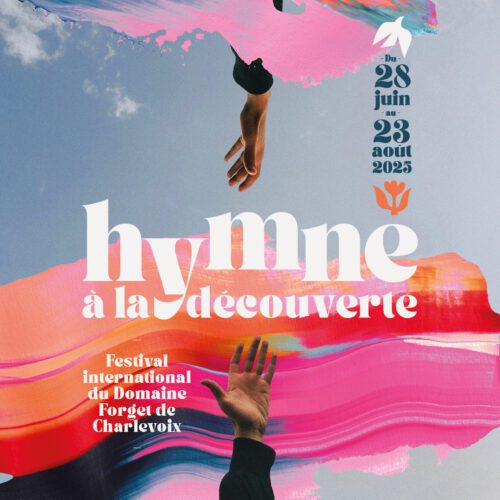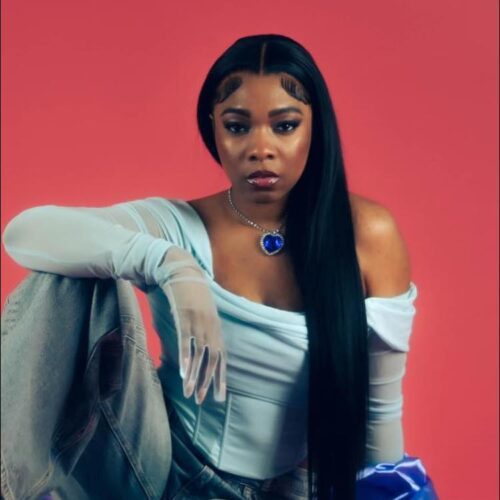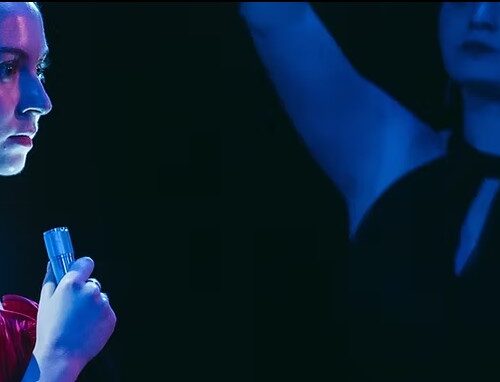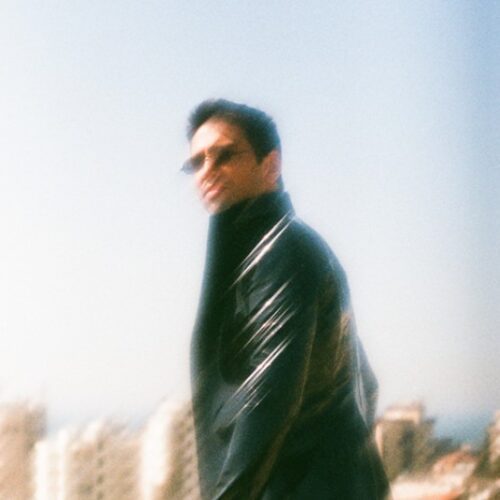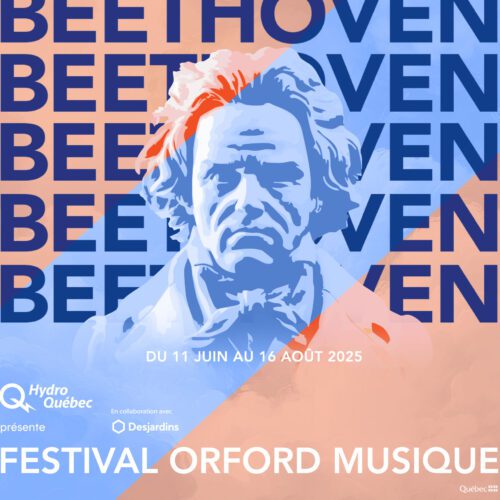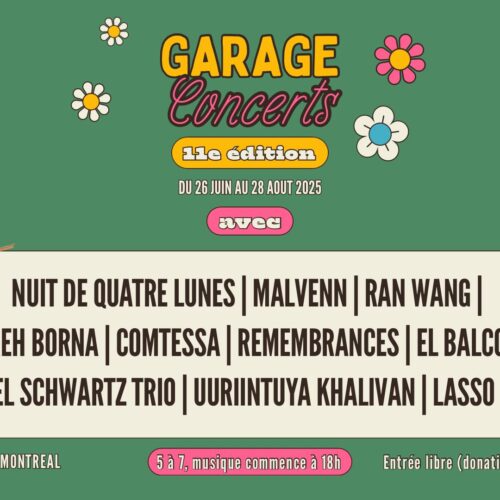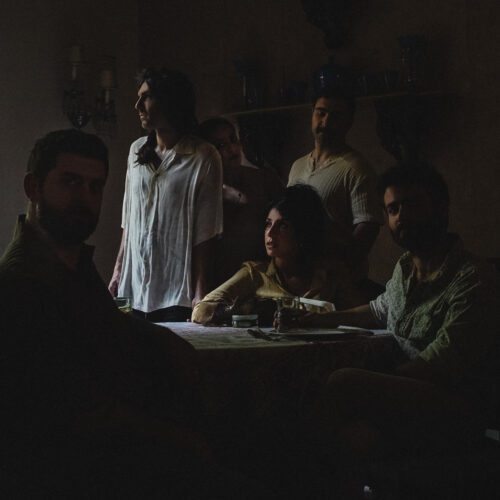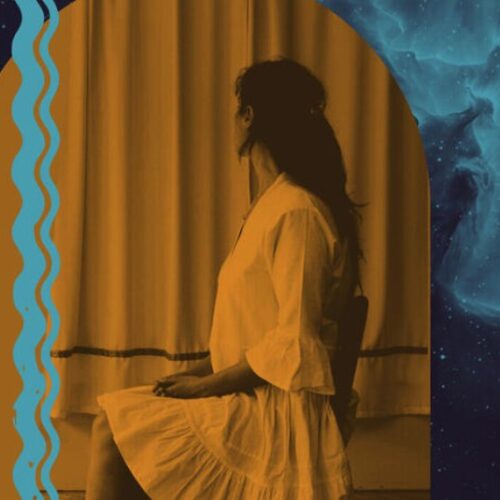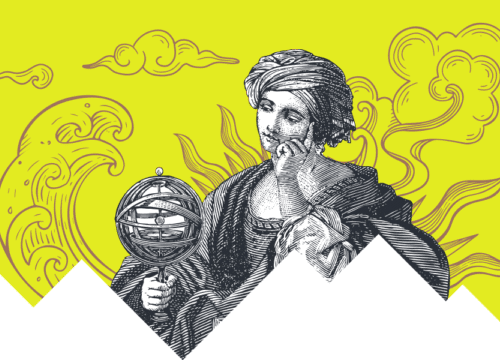Additional Information
Laura Anglade has the profile of a confident French singer, in North America to make her mark. This destiny of a career at least Canadian was traced, it must be said. Born in Brousse-le-Château, in the south of France, Laura grew up in Connecticut with her family who emigrated from Europe. She crossed the northern border of the United States a while ago.
An old soul in her mid-twenties, this seasoned performer and improviser has a strong preference for the modern jazz of generations before her own. She would be inspired by Carmen McRae, Sarah Vaughan, Nancy Wilson, Etta Jones, Anita O’Day, Chet Baker, Blossom Dearie.
The biographical profile of this quality artist is full of indirect and direct comparisons…” For fans of: Laufey, Stacey Kent, Veronica Swift, Carla Bruni, Françoise Hardy…While Laura’s style is evocative of Julie London, Helen Merrill and Cyrille Aimée – her voice is uniquely her own.”
She certainly draws from the repertoire of classic French chanson, a distinct color to her jazz classicism when it comes to (mostly) expressing herself in English.All indications are that she could provoke things, at least in the Canadian market she’s investing in – especially since she’s living in Toronto after residing in Montreal for a few years.
z gypsy music of her parents. There, she has collaborated with established artists such as David Lahm, Ranee Lee, Andre White, Jean-Michel Pilc and Alec Walkington.
Released in 2019, the album I’ve Just Got About Everything on Justin Time has put many chips in my ears,
And why not continue the discovery of Laura Anglade by addressing it directly?
No sooner said than done. Here is the interview with PAN M 360.
PAN M 360: Do you agree with the many comparisons or evocations in your biographical profiles?
Laura Anglade: Yes and no, I think each of these musicians is unique. I am very flattered!
PAN M 360: Are we to understand that you are somewhere between “classic” jazz singing and quality songs, French or English speaking?
Laura Anglade: Yes. I didn’t want to “jazzify” all these songs on the new album, for example those of Barbara or Piaf, my goal was to underline the lyrics, to create an arrangement around the lyrics. It’s not necessary to always fit into the framework of “jazz”, as long as the lyrics tell a sincere story and are very close to my heart.
PAN M 360: What do you want to jazzify in the French repertoire?
Laura Anglade: I think there are plenty of songs that can be interpreted in different ways. For example, “Vous Qui Passez Sans Me Voir”, the original version by Charles Trenet is beautiful, but quite slow. You get the impression that the person is sad, full of regrets. However, if you make it more “swing”, the lyrics immediately change the tone. The message becomes a little more ironic, almost mocking. You can play with the arrangement of a song quite a bit.
PAN M 360: “French classics made famous by Maurice Chevalier, Boris Vian, Edith Piaf, and Jacques Brel to name a few.”
These French (or Belgian in the case of Brel) artists are from your grandparents’ or great-grandparents’ generation! Of course, many of their songs have been “jazzified” over the decades as we know.
So what do you think?
Do you see this choice of artists as a starting point for your exploration of the francophone repertoire? Or does this classicism satisfy you and is your search elsewhere?
Laura Anglade: I wanted to do an album in French to represent my dual Franco-American identity, as if they were meeting. I was born in France but grew up in the United States. I’ve always felt in between. I also wanted to show that, as in my own life, the two worlds, the world of the Great American Songbook and the world of French song, have always been intertwined. In particular, there are many songs, including “La valse des lilas”, “La chanson de Maxence” or “Que reste-il de nos amours”, which have been adapted and translated into English and which are part of the Great American Songbook repertoire. In fact, I first learned the English adaptation of La Chanson de Maxence, “You Must Believe In Spring”. I later found out that the original version came from a Michel Legrand musical. It was important for me to give this gift to my family as well, especially my French grandparents, to bring back memories, so that they could recognize themselves through the lyrics. They liked the first album, but they didn’t understand the lyrics and these songs weren’t from their culture, which created a wall.
PAN M 360: At first sight, your style is part of the female vocal jazz of the 40s, 50s, early 60s. How do you explain this passion for this period of modern jazz history?
Laura Anglade: For me, this period is timeless. I see the music of that era as life lessons. It’s often said that older people are wiser, it’s the same with music. Whether you’ve lived through these stories or not, you still learn and can relate to them, no matter how old you are. I choose songs to sing that are similar to me or that make me feel good, that remind me of a memory or someone close to me. I am a very nostalgic person.
PAN M 360: Do you consider yourself a “classic” jazz singer?
Laura Anglade: I think so, yes. It’s by singing this repertoire that I feel the most myself, that I find myself the most.
PAN M 360: What are you trying to achieve as a performer and improviser?
Laura Anglade: I try to bring back emotions, memories. I’m looking to tell stories that we can all relate to, from generation to generation. I’d like to revive some of the lesser-known songs as well, personalize them, bring them back to the surface, the songs that got lost between “La bohême” and “La vie en rose”. It’s interesting by the way. What makes some songs become the nuggets and others not? There are so many songs that are just as beautiful, that have just as important stories and deserve to be told. In my everyday life, I try to live more in the moment and interpret it my way, which is the very definition of improvisation.
PAN M 360: What are the challenges for the development of vocal jazz in 2021?
Laura Anglade: In this day and age, it’s fantastic to be able to reach audiences all over the world, just with a shared video. I’m grateful for that because I’ve been able to interact with a lot of people that I would never have met otherwise. I recognize that we’re moving into a virtual world, and I’m adapting to that. But I also find that there can be a loss of authenticity, in the sense that we are so preoccupied with our online visibility that we forget the essential: the sharing of what we like, simply, too tied to the number of “likes” and “views”. You have to learn to step back because I’ve fallen into this trap several times. I sing because it is part of me, I have things to express and give through music.
PAN M 360: We owe you the quintet album “I’ve Got Just About Everything”. Another one is planned for 2022.
Laura Anglade: At the moment, we’ve just finished the second album, “Venez donc chez moi”, which will be released in May 2022.
PAN M 360: Could you explain your aesthetic progression through these projects, as well as your choice of collaborators?
Laura Anglade: Sam (Kirmayer) and I have been working together for several years now. We’ve gotten to know each other through music. Sometimes we even improvise in unison on stage. We recorded this album in the middle of a pandemic, stuck at home, without being able to rehearse together. There has always been a beautiful musical complicity between us, and this quasi absence of rehearsal makes the album even more spontaneous and natural, and emphasizes our mutual trust.
PAN M 360: Why are you now living in Toronto? How long did you live in Montreal?
Laura Anglade: I wanted to discover a different side of Canada and a new jazz scene, and I’ve always loved this city. I left the US when I was 18 to study translation in Montreal, and I stayed for two years after graduation. So I spent a total of six years in Montreal. I have never actually lived in France, except for vacation periods in a small village in the south of France, where my family is.
PAN M 360: Who will accompany you to the Salle Bourgie ? What are you planning to present there, roughly speaking?
Laura Anglade: Sam Kirmayer will accompany me for this concert. We will be performing music from our new album. I’m really looking forward to finally being able to share this project, especially in this beautiful venue!
Laura Anglade se produit à la Salle Bourgie, 6 PM , November 11.
